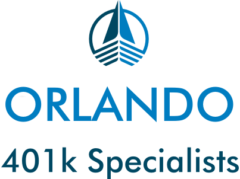A 403(b) plan (tax-sheltered annuity plan or TSA) is a retirement plan offered by public schools and certain charities. It’s similar to a 401(k) plan maintained by a for-profit entity. Just as with a 401(k) plan, a 403(b) plan lets employees defer some of their salary into individual accounts. The deferred salary is generally not subject to federal or state income tax until it’s distributed. However, a 403(b) plan may also offer designated Roth accounts. Salary contributed to a Roth account is taxed currently, but is tax-free (including earnings) when distributed.
Eligible employers are a:
- public school, college, or university,
- church; or
- charitable entity tax-exempt under Section 501(c)(3) of the Internal Revenue Code
Pros and Cons:
- Flexibility in contributions
- Investment options are limited to those chosen by the employer
- may have high administrative costs
- optional loans and hardship distributions add flexibility for employees
Who contributes
Employee salary deferrals; employer may contribute.
Contribution limits
Total contributions to each employee’s 403(b) account or annuity are limited.
Filing requirements
Certain 403(b) plans may be subject to annual Form 5500 filing requirements.
Participant loans
Permitted if the terms of the plan allow loans.
In-service withdrawals
Yes, but subject to possible 10% if under age 59-1/2.
